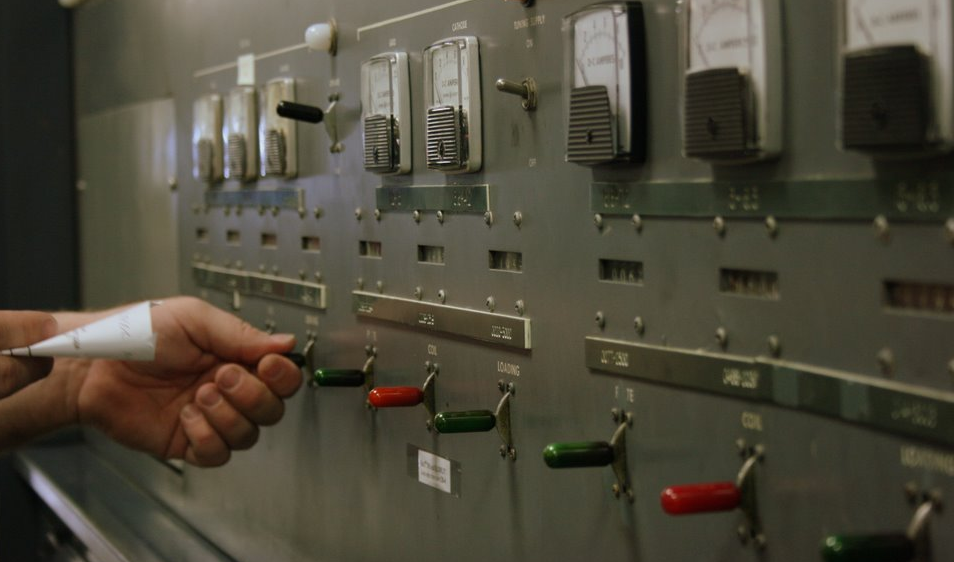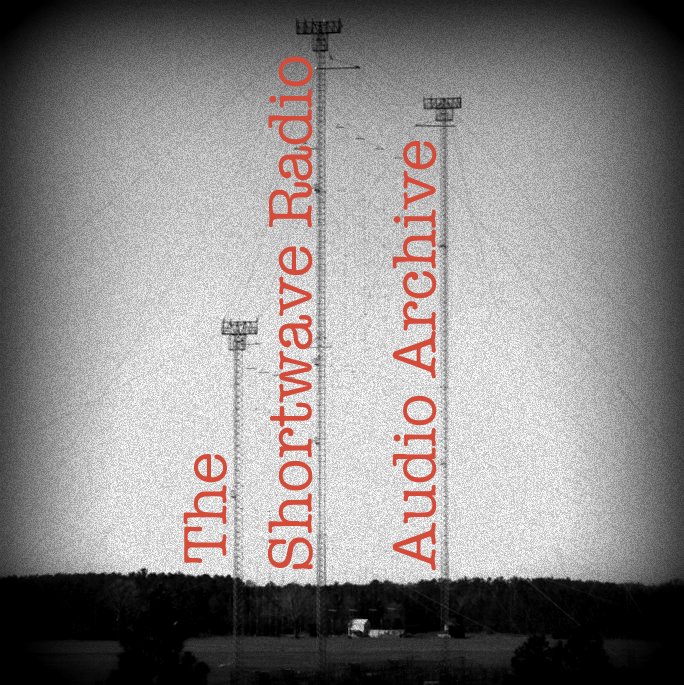Live, off-air, recordings of three broadcasts in English from Radio Habana Cuba acquired during the week of the visits to Cuba of Barack Obama and the Rolling Stones. These broadcasts were received on the shortwave frequency of 6000 kHz on 22 March 2016 beginning at about 01:00 UTC, 23 March beginning at about 02:00 UTC, and 27 March beginning at about 05:00 UTC. These broadcasts were beamed to North America from a 250 kW transmitter at Quivicán, near La Habana, with an antenna beam azimuth of 10°.
Radio Habana Cuba transmits to North America in English between 01:00 and 07:00 UTC on 6000 kHz (as well as on some other frequencies for various periods of time). The daily broadcast is only one-hour long, so there are six repeats one after the other during the evening and overnight. There is a brief interval signal (IS) just before the first broadcast but no IS between the broadcast repeats. On 22 March, the transmitter came up on 6000 kHz at least a couple of minutes before 01:00 UTC with the IS beginning just a few seconds before 01:00 UTC. For the Monday (21st) and Tuesday (22nd) local-time broadcasts, the news bulletins had extended reports on the activities associated with the visit of Barak Obama and there were additional special items on the visit although the regular features like "Focus on Africa," "Arts Roundup," and "DXers Unlimited" were still aired. The Saturday (26th) local-time broadcast had extensive reports on the concert by the Rolling Stones on Friday, the 25th, along with the regular programs "Breakthrough" and "Music with a Message."
Signal quality was fairly good for all three broadcasts although there was a slight bit of transmitter hum and modulation wasn't always perfect. At times during the broadcast of 22 March (UTC), co-channel interference (QRM) from Turkey was noted despite their signal being beamed towards the east.
The broadcasts were received on a Tecsun PL-880 receiver with its built-in telescopic whip antenna indoors in Hanwell (just outside Fredericton), New Brunswick, Canada, in AM mode with 5.0 kHz RF filtering.






















